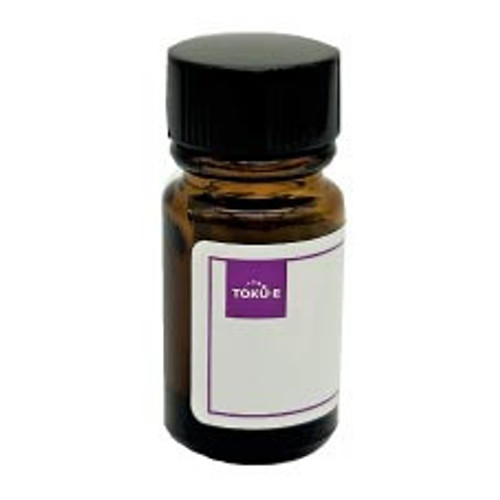Efinaconazole is a triazole antifungal and 14α-demethylase inhibitor. The compound was synthesized as an azoleamine derivative (Kaken Phermaceutical Co). The fungal lanosterol 14α-demethylase is involved in the conversion of lanosterol to ergosterol thus it impacts fungal morphology. Ergosterol is a structural compound which maintains membrane fluidity, creates a permability barrier, and is needed for fungal cell viability. Efinaconazole has activity against Trichophyton rubrum and T. mentagrophytes, two dematophytes that cause onychomycosis. Efinaconazole is sparingly soluble in DMSO.
| Mechanism of Action | Efinaconazole has activity via ergosterol synthesis inhibition, similar to other antifungal triazoles. Specifically, it inhibits cytochrome p450 14α demethylase (14-DM), an enzyme involved in the conversion of lanosterol to ergosterol, resulting in secondary degenerative changes to morphology including hyphae flattening, separation of the plasma membrane from cell wall and discontinuity of the plasma membrane, and degeneration of organelles. |
| Spectrum | Efinaconazole has a broad spectrum of activity. It is active in vitro against Trichophyton (mentagrophytes and rubrum species), but also tonsurans, schoenleinii, and verrucosum). It is also active against Acremonium spp, yeast (ie Candida albicans but also other Candida species: krusei, parapsilosis, tropicalis), Epidermophyton floccosum, Fusarium spp., Microsporum canis, and Scopulariopsis brevicaulis among others. |
| Microbiology Applications |
Efinaconazole is active in vitro for nail fungus (onychomycosis). It induces morphological and ultrastructural changes in the hyphae due to blockage of ergosterol biosynthesis. Ergosterol is an important component of fungal cell membranes, maintaining fluidity and permeability, and is essential for viability. The most common organisms involved in onychomycosis are dermatophytes (90%), but it also has activity against nondermatophyte molds and yeasts. An in vitro survey of 1493 isolates revealed that there is low potential for dermatophytes to develop resistance to the compound. Since Efinaconazole targets the nail, bovine hoof slides of ~ 125 microns thick were used as a nail model using Trichophyton rubrum as a model organism. Bovine nails are similar to human nails in terms of composition, with the same karatin network. In a study of permeation and penetration, Efinaconazole was found to target the nail bed. (Monti et al, 2019). |
| Molecular Formula | C18H22F2N4O |
| References |
Lipner SR, Scher RK (2015) Efinaconazole in the treatment of onychomycosis. Infect. Drug Resist.8:163-172 doi: 10.2147/IDR.S69596. PMID 26082652 Monti D et al (2019) Ciclopirox and Efinaconazole transungual permeation, antifungal activity, and proficiency to induce resistance in Trichophyton rubrum. Antimicrob. Agents. Chemother. 63(10): e00442-19 Patel T, Dhillon S (2013) Efinaconazole: First global approval. Drugs. 73(17):1977-1983. doi: 10.1007/s40265-013-0152-x. PMID 24249649 Tatsumi Y et al (2013) Mechanism of action of Efinaconazole, a novel triazole antifungal agent. Antimicrob. Agents Chemother. 57(5):2405-2409 PMID 23459486 |


